Is the West Becoming Indianized ?
Attraction and Persuasion: India and the World
What if global dominanace wasn’t built on batterfields, but on Bollywood sets and Yoga mats? India, often seen as a recipient of western influence, is quietly flipping the script.
‘वसुधैव कुटुम्बकम्’, meaning ‘The world is one family’, is a motto India strongly believes in. We often speak of India gradually getting westernized. But have we discussed how ‘Indianized’ the West is becoming? It is time to understand India’s culture’s crucial role on the global platform.
How are attraction and persuasion used as soft power?
During the tough war era that ended in 1945, the whole assertion of power was seen through military adeptness. The world needed global peace and harmony. Yet, competition between the countries to achieve supreme power was endless. The tranquility had to be restored.
After 1945, the era of wars ended, and the focus on the significance of hard power shifted to diplomacy and cultural heterogenization. The concept of soft power was on the rise.
India ranked 30th in the Global Soft Power Index in 2025 by Brand Finance. The country has given the world the concept of ‘0’, a new field of medicine called ‘Ayurveda’, one of the world’s seven wonders – Taj Mahal and is home to the world’s largest religions and rich heritage. India is already ahead in terms of soft power. However, where the country stands now, and how India’s soft power is relevant today will be known after this article.
What is soft power?
In simple words, soft power means to attract and persuade. Soft power is all about cultural appeal rather than force or coercion. Soft power gained momentum in International politics as it showed the nations the way of ‘co-opting’ instead of ‘coercing’.
The concept of soft power was developed by an American Political scientist, Joseph Nye. He coined the term in the 1980s in his book, ‘Bound to Lead: The Changing Nature of American Power’. He believed that a nation possesses the ability to influence other nations through its cultural values, political values and diplomacy. Highly contrasting ideals to Hard Power.
Attraction: A component of Soft Power
India’s culture is widespread. But why is it so? Because people get attracted to our cultural values. Attraction is used to bring interest to our country. The most straightforward way to accomplish soft power is through the entertainment industry. Movies, literature, art, and music can appeal to more people. Another way is that countries that advocate for human rights, democracy and freedom gain admiration and influence. Countries that are at the forefront when it comes to climate action, disaster relief, or global initiatives build a good reputation. Popular culture attracts tourism and hence boosts tourism and the influence of the country.
Persuasion: A component of Soft Power
Persuasion is often used in diplomatic tactics. This component deals with the international political side. It is applied to help countries make their presence stronger on the global platform. A country’s diplomacy grows powerful when it persuades others to adopt its ideas, policies, or alignments without force.
This is done through negotiations and dialogue to participate in international partnerships. Trade agreements and economic partnerships also help in cooperation between nations. Media broadcasting helps to shape narratives and influence public opinion abroad. Establishment of multiple soft power organisations which influence global decisions, such as the UN, WHO, and several other NGOs.
“A means to success in world politics” for those who know how to leverage it.
– Joseph Nye on Soft Power
Soft Power: A base for India before the LPG model
In the pre-economic reforms era, India had seen an interesting paradigm shift of power as it developed its diplomatic relations with its neighbouring countries and opted for some bold decisions on the global stage.
The Non-Aligned Movement witnessed India as an emerging leader in the Global South. Jawaharlal Nehru was one of the founding leaders of the movement, which took place in 1961. India boldly took a neutral stance in the preceding Cold War, especially at the risk of facing the serious dilemma of ruining its cordial relations with the two power blocks. This episode could be considered a well-built foundation for India’s leadership in the global arena. India’s influence grew in newly independent nations in Africa, Asia and Latin America.
India’s ideals of sovereignty, anti-imperialism and peaceful coexistence are well-known worldwide. The fight for India’s independence created a new wave of Gandhism in the world. Nobody could have imagined how influential the Gandhian principles would become outside India. The Gandhian principles of Non-Violence (Ahimsa) and Insistence on Truth (Satyagraha) inspired global movements.
Aside from ideological inspirations, people outside India took an interest in the famous, most-loved fabric of Gandhi, Khadi. It was a symbol of self-reliance and gained immediate recognition outside India due to its availability and sustainability benefits.
India is also an active member in UN discussions on nuclear disarmament, decolonization and human rights. As a dominant global player, India shows its commitment by contributing troops and resources to the UN Peacekeeping missions in Africa and Asia. India proves its reputation in global governance through this.
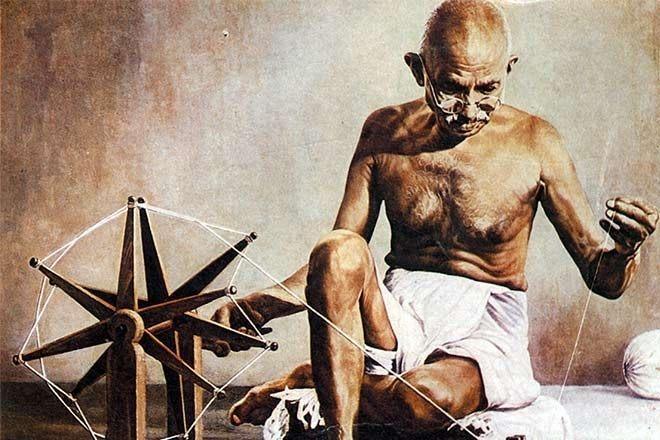
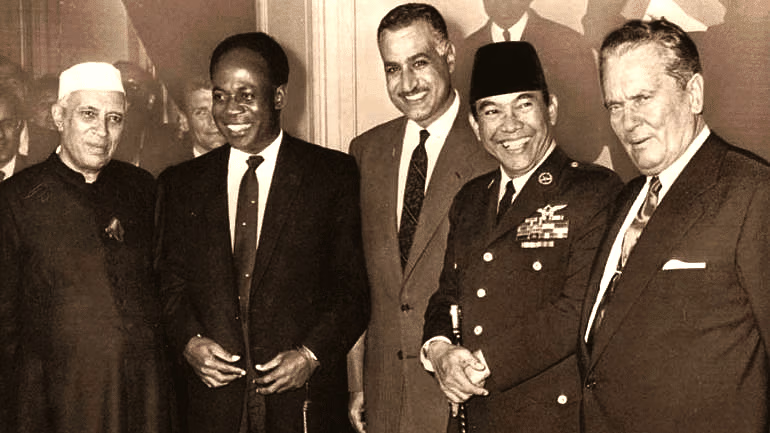
India’s ideals of sovereignty, anti-imperialism and peaceful coexistence are well-known worldwide. The fight for India’s independence created a new wave of Gandhism in the world. Nobody could have imagined how influential the Gandhian principles would become outside India. The Gandhian principles of Non-Violence (Ahimsa) and Insistence on Truth (Satyagraha) inspired global movements.
Aside from ideological inspirations, people outside India took an interest in the famous, most-loved fabric of Gandhi, Khadi. It was a symbol of self-reliance and gained immediate recognition outside India due to its availability and sustainability benefits.
Indian cinema, especially Bollywood, is admired by many outside India. And so, it’s a significant representation of India’s soft power. The Soviet Union was fond of Bollywood films along with a few countries in the Middle East, Africa and Southeast Asia. The first festival of Indian films in Moscow in 1954 was a watershed moment in cultural exchanges between India and the Soviet Union. Raj Kapoor was loved by the people of the Soviet Union. Amitabh Bachchan also had a massive fan following in Russia. Egypt and Nigeria. Films, actors, storylines, and social messages act as major factors of soft power in nations.
Economically, before economic reforms, India’s closed economy and socialist policies restricted its economic soft power. However, the concept of self-reliance was taken as an inspiration in many post-colonial nations. India was gradually developing, and it impacted its global appeal. Bureaucratic inefficiencies and limited global integration meant India wasn’t fully leveraging its potential soft power assets.
What is after spiritualism? Soft power tactics after the LPG model
After economic reforms, in the 21st century, has India levelled up? Undoubtedly, yes. India has gained a lot of attention in the global forum. It has strategically leveraged soft power to enhance its global influence. India has proved that soft power, combined with cultural diplomacy and strategic international partnerships, is the key.
International Yoga Day, which is widely celebrated all around the globe, was the idea of India, after which the United Nations declared June 21 as International Yoga Day in 2015. India has always been a centre for wellness and spirituality. People come from every corner of the world to India for a spiritual retreat.
Indian spiritual leaders like Sadhguru and Sri Sri Ravi Shankar are some pioneers who have promoted yoga and wellness globally. Sri Sri was not just a spiritual master but had also been awarded the highest civilian awards by Paraguay and Colombia, adding to the soft power exponent of India. He is the founder of the Art of Living Foundation, which is a global volunteer-based, humanitarian and educational non-governmental organization founded in 1981. The Art of Living Foundation has centers in 180 countries.
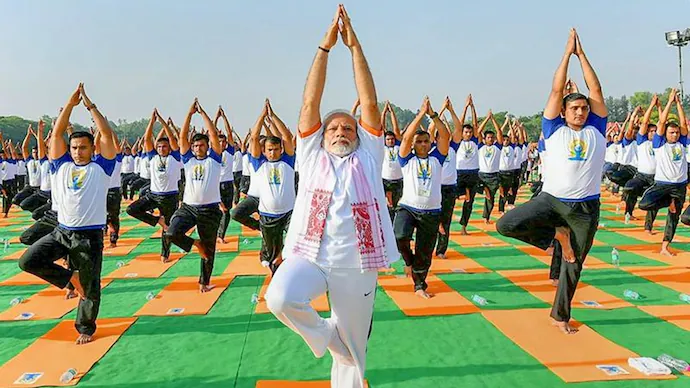
Ayurveda, a traditional Indian medicine, has gained conviction in alternative healthcare markets worldwide, particularly in Europe and the U.S. Recently, during the COVID pandemic, India was quick to act on working on vaccination. According to an article by Oxford Academic, “India is regarded as the vaccine manufacturing hub of the world, contributing 60% to the global vaccine supply.”Covishield and Cowaxin were India’s contributions to healthcare.
Indian food has become a global favourite, with restaurants in every major city worldwide. The popularity of dishes like butter chicken, biryani, masala dosa, and samosas helps spread Indian culture. Chicken Tikka Masala is the United Kingdom’s National Dish. Indian spices are a major element of trading as India is the top producer and exporter of spices.
When we talk about Indian soft power, we cannot forget the recent contributions of Indian Cinema. RRR’s ‘Naatu Naatu’ beats are unstoppable, and the way it made the whole world groove on it proves the energy of Indian music. From BTS member Jungkook to Pakistani actress Hania Amir, no one is left to dance to the infectious Naatu Naatu. RRR has become a fortune for the Indian Telugu Film Industry as it won many significant awards, such as the Golden Globe Award, National Film Awards and an Academy Award for the ‘Best Original Song’.
Just as the legacy of Kapoors, which is worldwide famous, recent Indian celebrities are admired by many from the west, including Priyanka Chopra, who bagged the Miss World Crown for India and created a name for herself in Hollywood through ‘Baywatch’ and ‘Citadel.’ She even got India their “National Jiju” after marrying American Singer and Actor, Nick Jonas. Other Indian actors such as Deepika Padukone, Alia Bhatt, Aishwarya Rai, etc, have created a huge fan base outside of India, increasing the influence of India.
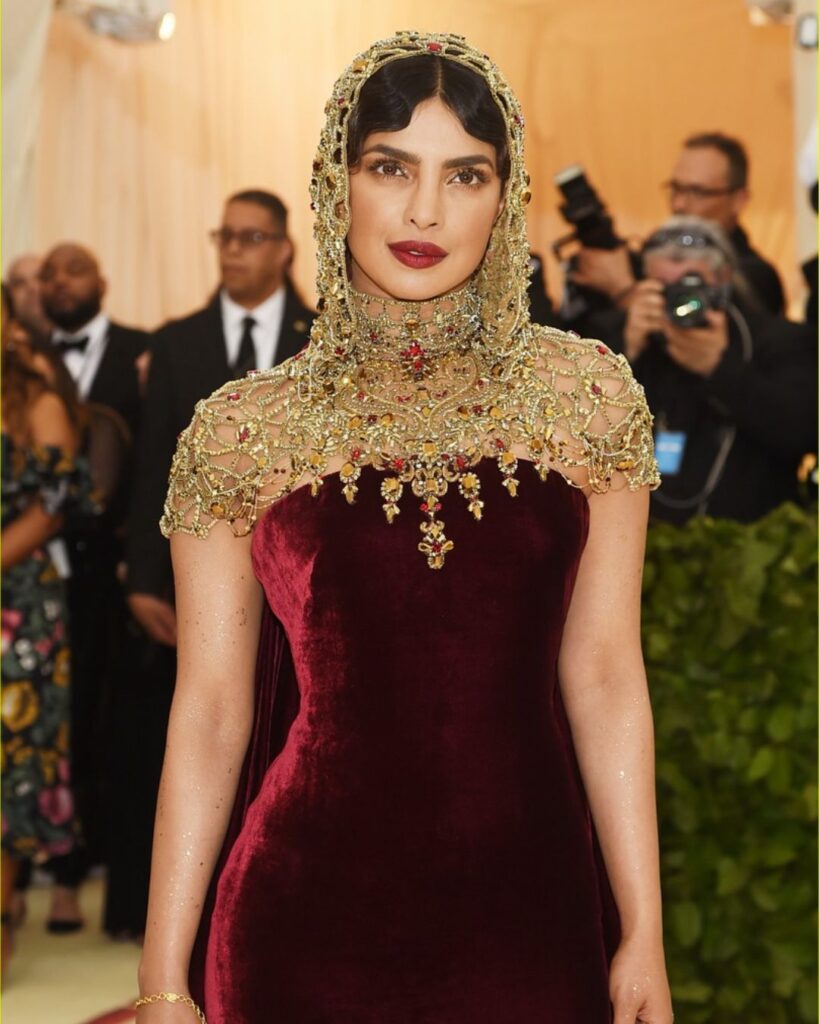
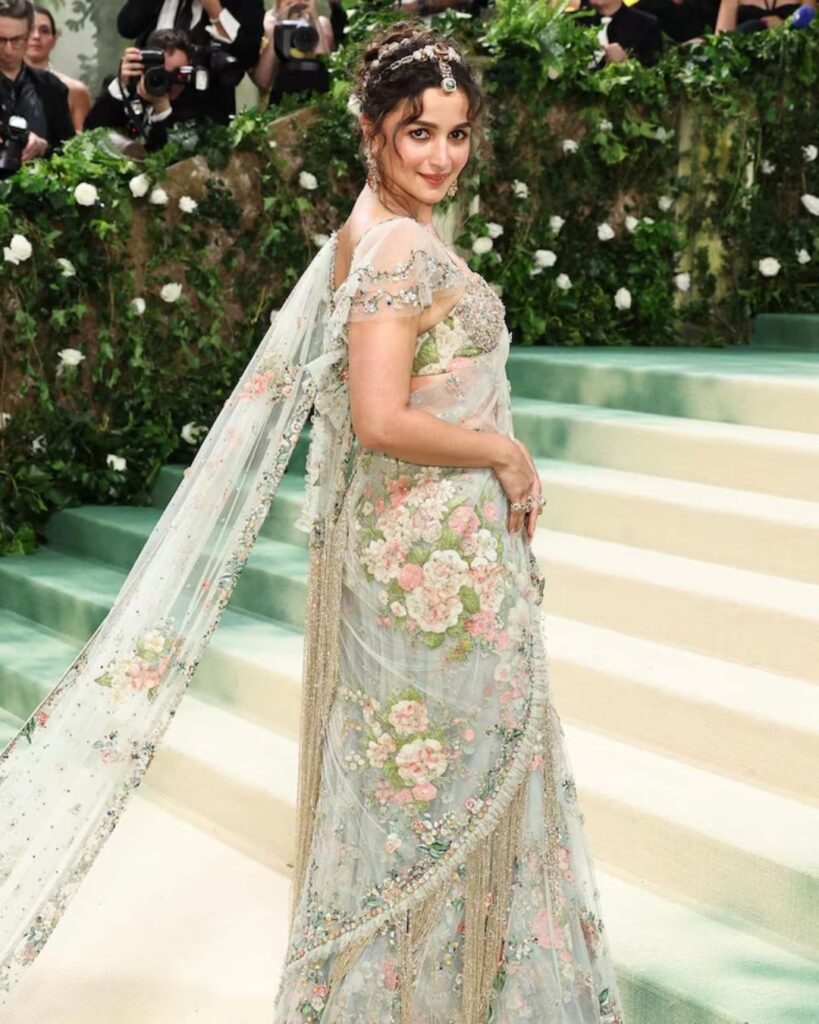
India held the G20 Presidency in 2023 and strengthened its position in global leadership. The agenda of the G20 was global climate action, sustainability, and financial reforms, gaining respect from developing nations. India is also seen to be at the forefront of the “Global South” in climate negotiations. India is a key member of BRICS, QUAD, and SCO, which allows it to shape global trade and security policies.

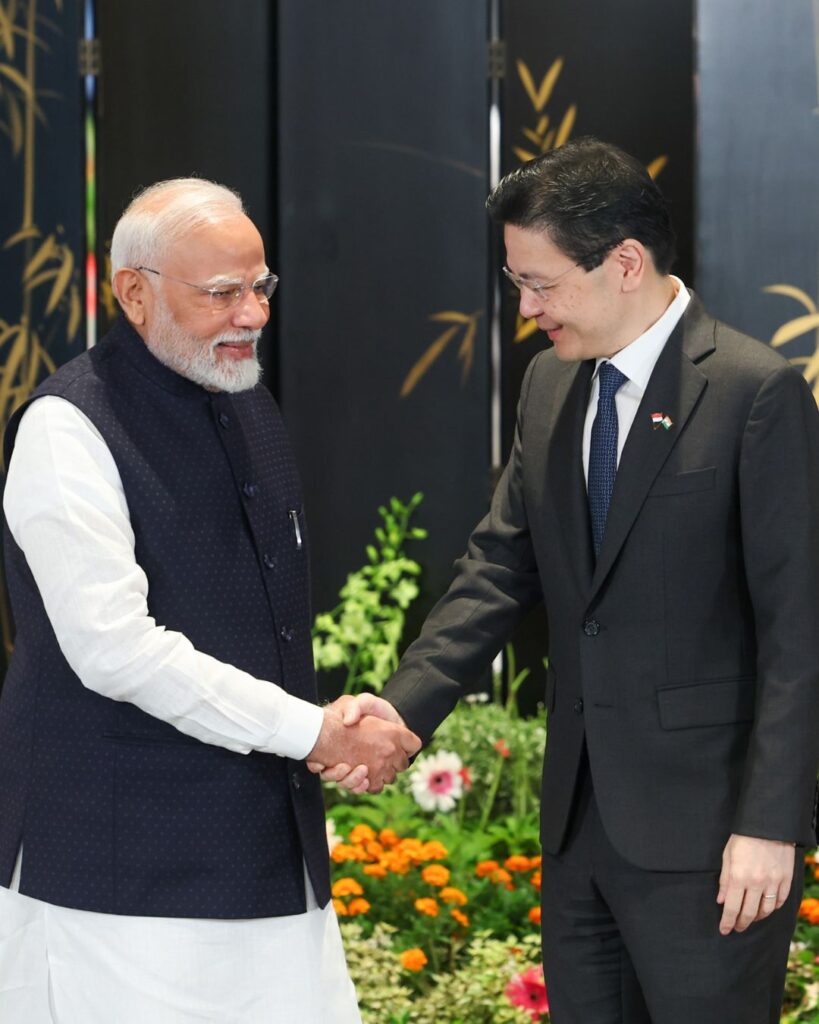
India has witnessed several strong political leaders who have worked hard to improve India’s international relationships. The current Prime Minister of India, Narendra Modi, is always in the news for visiting countries and creating new friendships by interacting with their leaders and citizens. This creates an amicable, positive image of India and improves the chance of gaining alliances. Narendra Modi has been awarded the highest civilian awards by 23 countries, bolstering his leadership in the global arena.
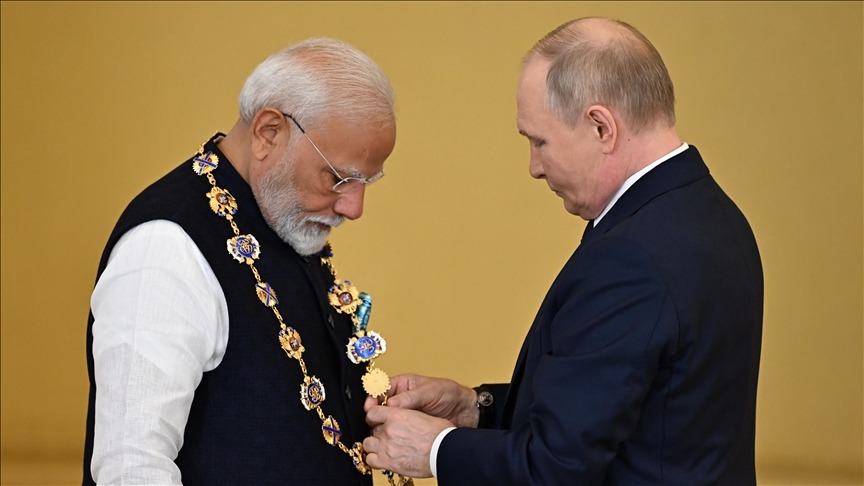
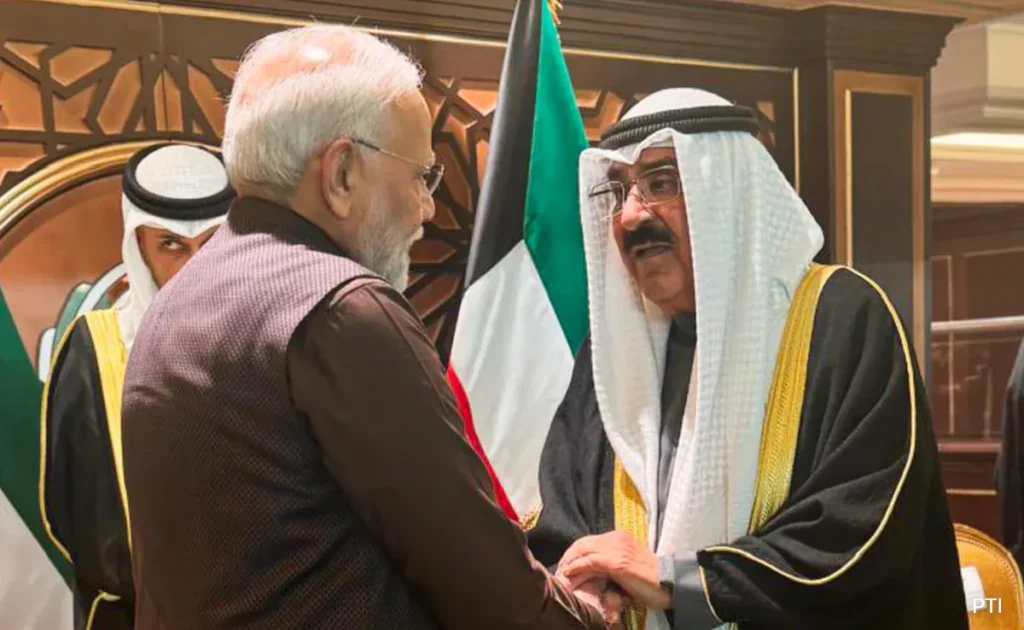
India has taken numerous green steps to show its commitment to net-zero emissions by 2070. Its leadership in renewable energy is a major global soft power tool. India got into an agreement with France and launched the International Solar Alliance (ISA) to promote solar energy in developing nations, positioning itself as a leader in sustainable energy.
In the field of economy and digital technology, India has seen major advancements as it continues to be a fast-growing economy. It is currently the fifth-largest economy in the world. This has made the country an attractive centre for global investments from multinational corporations such as Apple, Google, Tesla, etc.
Indian culture is multifarious and often misunderstood in the West. The reinforcement of it is done through the Ambanis. The Ambanis, who are the richest business family in Asia, have expanded their business in every sector of India. However, one of their recent successful venture was the opening of the Nita Mukesh Ambani Cultural Centre (NMACC) in 2023, which is a world-class hub for arts and culture, hosting over 2 million visitors in its first two years. The NMACC is a soft power diaspora that hosted world-famous personalities such as Zendaya, Gigi Hadid, and Tom Holland etc. NMACC is a perfect amalgamation of Indian art and tradition with modernity. It is both a platform and a vision for Nita Ambani, who wanted to bring India’s rich culture to the world and invite global artists to the Indian soil.
Vibrant example of our ethos of protecting those we share our planet with.
– Narendra Modi.
India has signed Free trade agreements with the UAE, Australia, and the EU, which have strengthened India’s influence in global commerce. India and China, who seem to have an interesting diplomatic relationship, witness a great economic partnership as China is India’s largest trading partner and India is now a reliable alternative to China for supply chain diversification.
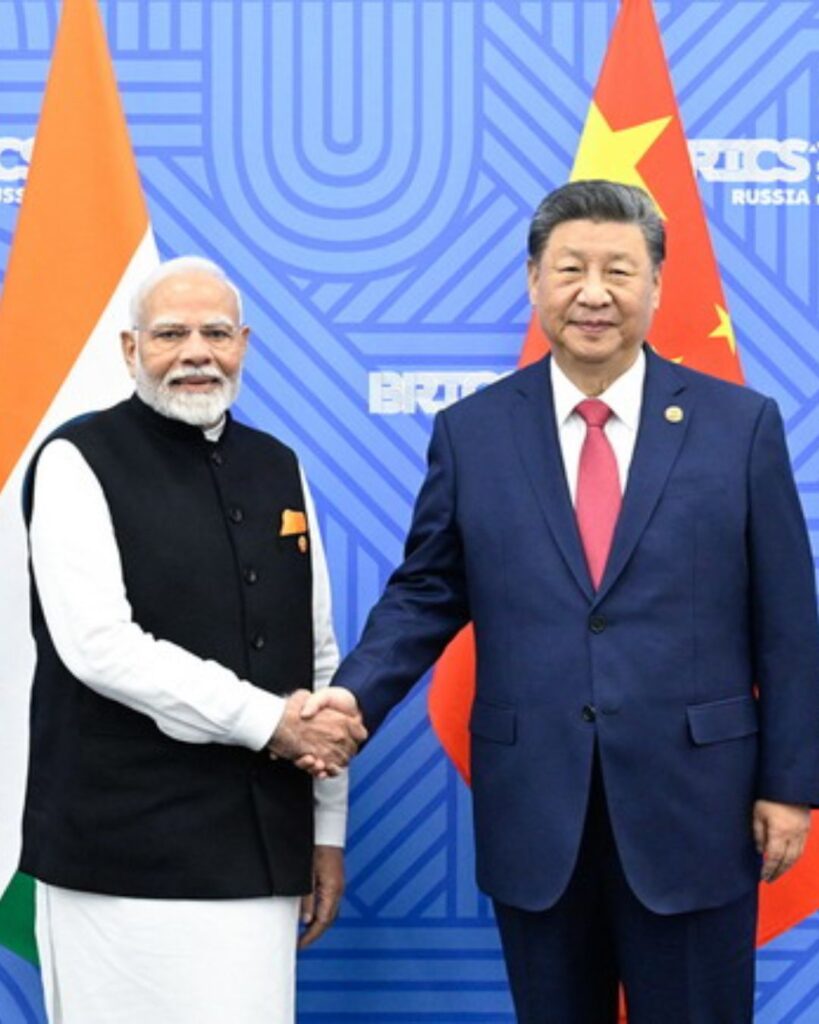
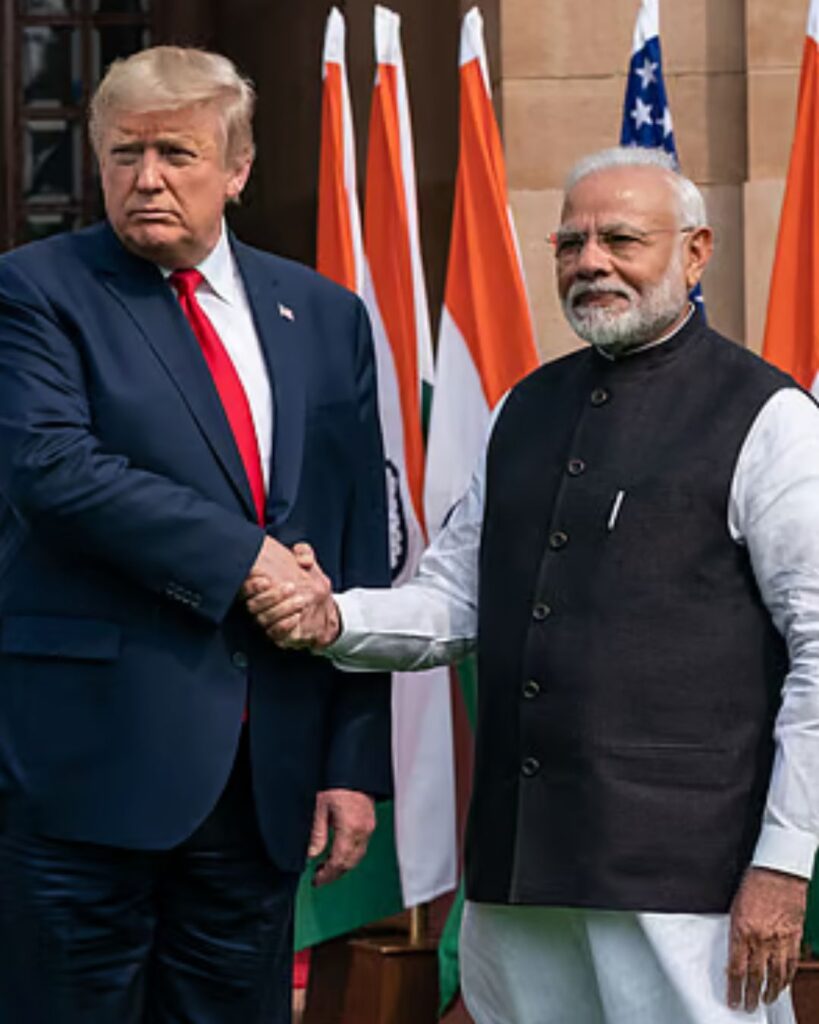
India is on its way to becoming a major hub for semiconductor manufacturing and artificial intelligence development to challenge China’s dominance in tech. Simultaneously, India’s focus on adopting independent strategies and gaining influence in the tech world is seen through the rise of Indian startups in AI, fintech, and e-commerce. The “Digital India” initiative has helped project India as a leader in digital transformation. Initiatives like “Make in India” and “Atmanirbhar Bharat” (Self-Reliant India) aim to strengthen India’s tech and industrial soft power.
Conclusion
India’s cultural diplomacy is more than a strategy, it’s a start to India’s path of achieving global leadership. Be it the calming energy of yoga or the sensational, charming energy of India’s entertainment industry, India’s fame is spreading everywhere.
India, which is home to rich culture and diversity, proves to the world that to create a lasting impact, cultural values, tradition, and strong relationships matter more than force. The entire world talks about Indian food, culture, the Taj Mahal, Yoga, Bollywood, so it is time for us to take the Indian Soft Power force seriously because the West is getting “Indianized” gradually.
Thanks for reading, fr! Share if you like it enough. Follow us on Instagram & LinkedIn for more.
Articulated By Akanksha Jha, 1st year Student at Media and communication, Fergusson College.


